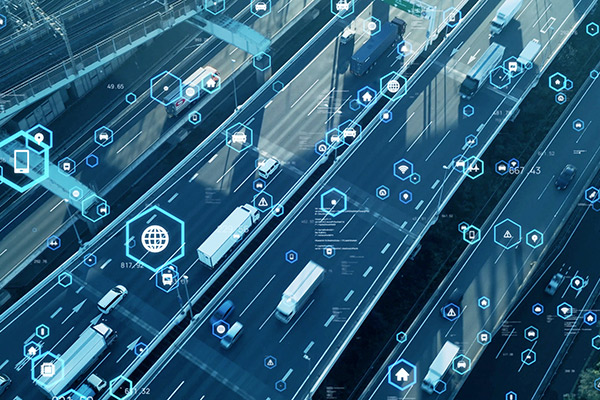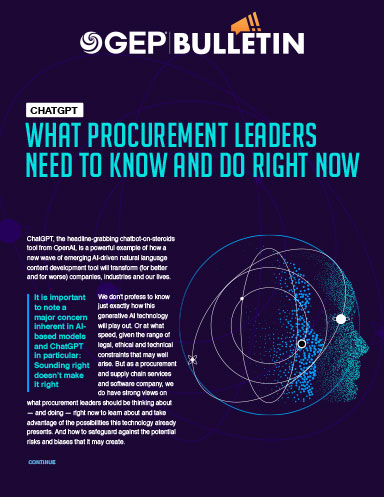Businesses across industries are currently exploring how they can make the best use of this generative AI tool.
How ChatGPT will impact procurement
In fact, nothing perhaps is more important for a business today, considering the technology’s growing popularity as well as the extent to which it can impact (and simplify) business processes.
For many businesses, the question isn’t whether they will (or won’t) use this disruptive technology. Instead, it is about how and when they will start using it.
Like many other domains, supply chain professionals are currently not sure what is good (or bad) about this technology. They have a lot of questions about the use cases of this technology. Some of these questions are:
- How can supply chain professionals benefit from ChatGPT?
- Can ChatGPT help in supply chain decision-making?
- Can supply chain professionals rely on decisions made by this technology?
- How can ChatGPT help in interactions with suppliers?
For now, not all these questions can be answered.
What can be done though is investigate how this technology can make a difference in the working of supply chains.
How ChatGPT Can Make Life Easy for Supply Chain Professionals
While it’s still early days yet, generative AI technology can make a huge impact on supply chains. Here are some ways it can transform the working of supply chains:
- Analyze data: A typical use case of ChatGPT in supply chains is data analysis. It can analyze large amounts of data from different sources, identify patterns and generate useful insights to support decision-making. It can also identify areas of improvement and enhance efficiency.
- Predict demand: The generative AI tool can transform supply chain planning. It can forecast demand by looking at historical data and other inputs and help you better plan production schedules.
- Optimize inventory: By looking at demand and supply data and trends, generative AI can help your business maintain the right amount of inventory. It can thus prevent stockouts as well as costs associated with excess inventory.
- Improve customer service: The large language model, trained on massive amounts of data, can vastly improve customer service. It can provide real-time information to stakeholders about shipping status, product availability, delivery time, etc. This ensures that customers can get their queries answered quickly.
- Track sustainability: Generative AI tools can also analyze ESG data to create sustainability reports. It can help your business assess its sustainability performance and suggest new initiatives. It can also leverage predictive analytics to identify opportunities for improving sustainability performance.
In addition to the above, many other use cases are likely to emerge as this AI technology continues to evolve and its capabilities are better understood.
The Takeaway
Clearly, ChatGPT is set to influence the working of every business function, and not just supply chains. In the case of non-supply chain applications, it is likely to become mainstream in the near term.
However, as supply chains are complex and business-specific, the use of generative AI in this domain may not be immediate. It may take years to make inroads into the working of supply chains.
As of now, it’s best for supply chain professionals to put their thinking caps on and explore the many benefits this technology has to offer. Automated processes and decision making, inventory management, data analysis, demand forecasting, supplier collaboration – all supply chain functions may work very differently in the not-too-distant future.
It is also important to note that human oversight and intervention is still required in supply chain operations. That’s because the results provided by technology must be validated for accuracy. Technology cannot make decisions on its own. It can support decision-making.
At the same time, organizations must also develop some guidelines for supply chain professionals to educate them about how to use (and not use) this technology.
Article topics
Email Sign Up

















